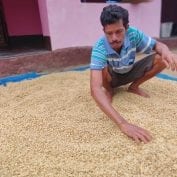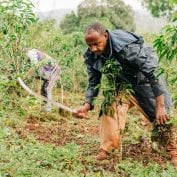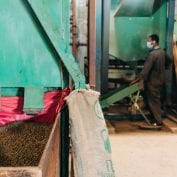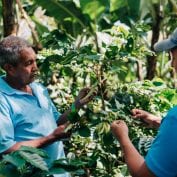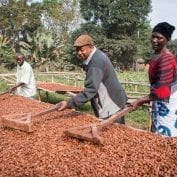
Survey Results: Effects of COVID-19 on East Africa Coffee Farmers
In partnership with Laterite, we conducted a survey about the effects of the COVID-19 pandemic on coffee farming in Ethiopia and Kenya in June 2020. Discover key results in the infographics below and attached. View All Infographics …





